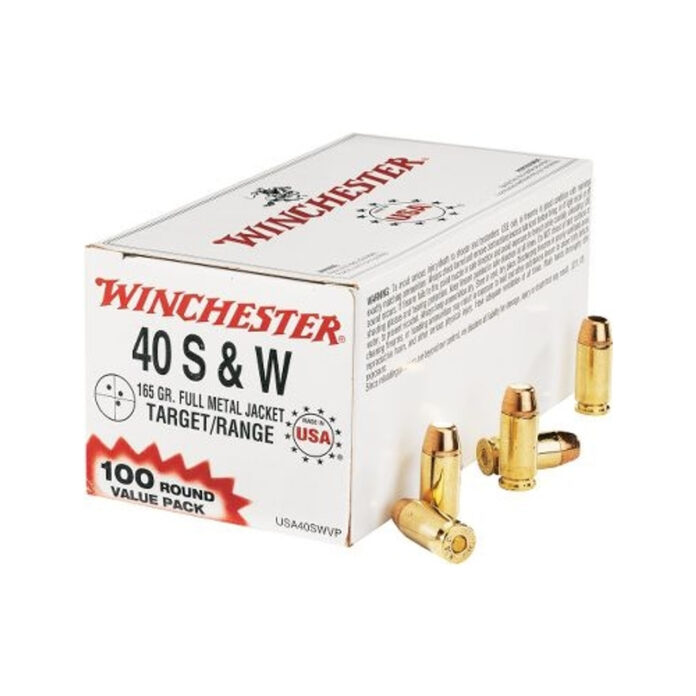
The .40 S&W is dying this slow death. We are watching the death of a caliber in real time. It’s more likely that you’ll see new .45 ACPs and new 10mms than new .40 S&Ws hit the market. The .45 ACP and 10mm still have followings, but the only people I see sticking up for the .40 are rappers. I’ve never been a big fan of the .40 S&W.
The Rise and Demise of the .40 S&W
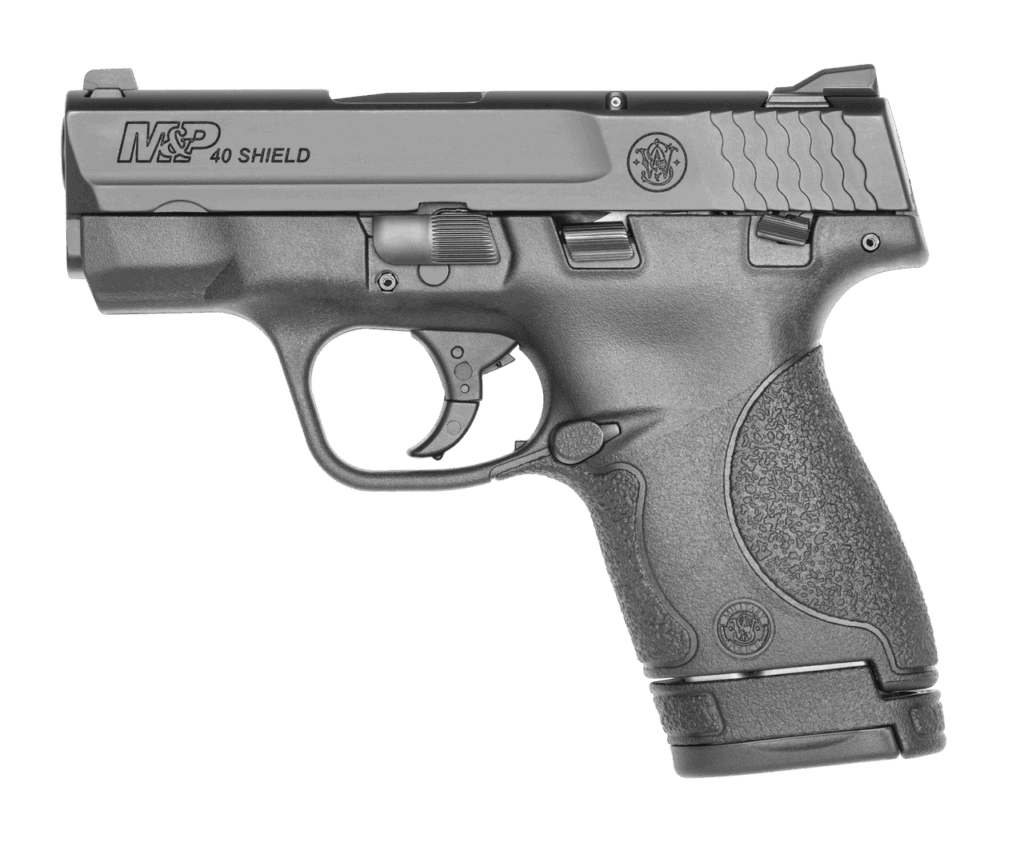
When I got into shooting seriously, the cheaper 9mm had that monetary appeal. Additionally, the .40 S&Ws I fired were snappy, and I couldn’t imagine carrying a subcompact .40 S&W. As the 9mm took over and the idea of stopping power faded away from serious firearms enthusiasts and professionals, I made fun of the .40 S&W.
I shared the memes talking about it dying. I even made memes, argued against the cartridge, and thought, “good riddance.” I’m also a natural contrarian, which is cringe, I admit, but I can’t help but like things that aren’t all that popular. As the tide turned on .40 S&W, I found myself looking a little more into the round and tried to see if it was worth defending.
The .40 S&W – Why It Exists
It was 1986, in Miami. The only thing hotter than the spring sun was Michael Lee Platt and William Russell Matix. They were dangerous, violent murderers who robbed banks and armored cars and weren’t afraid to rock and roll at the drop of a hat.
Manhunters from the FBI were on the streets trying to take this dangerous pair down. The FBI agents outnumbered the bank robbers by a factor of four. It was eight versus two, and numbers matter, but as the FBI quickly found out, the two bank robbers weren’t going to prison. When the two groups finally clashed, it was a bloody, violent fight.
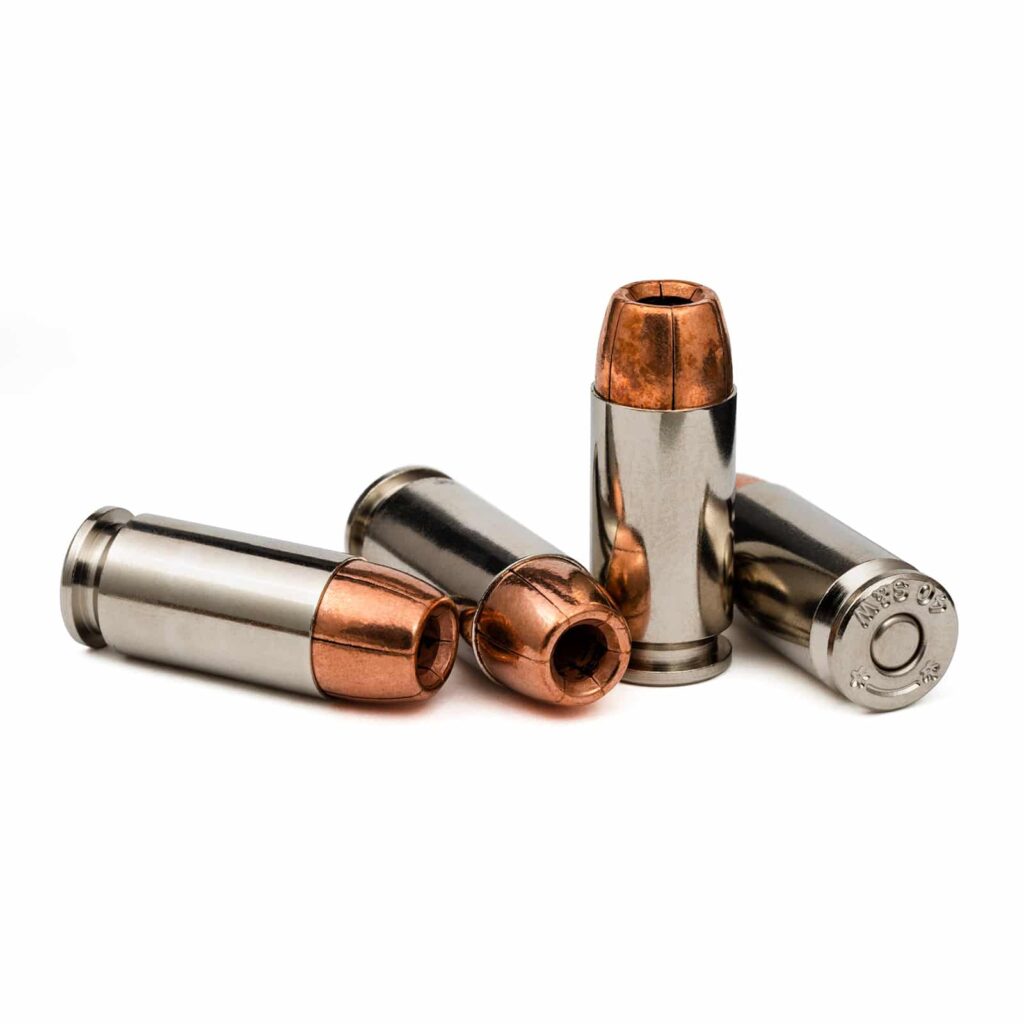
Two FBI agents were killed, both suspects were killed, and only one man walked away uninjured. The fight was technically eight versus two, but William Matix was out of the fight for the vast majority of it. Michael Platt, armed with a Ruger Mini-14, faced the FBI largely by himself.
The FBI agents were armed with a mix of 9mm handguns and .38 Special revolvers. Some revolvers were .357s but were loaded with .38 Special rounds. The 9mms were S&W Model 459s. The FBI had one 870, but the agent carrying it was wounded in the hand, making aiming and using the pump-action shotgun difficult. Admittedly, that didn’t stop Edmundo Mireles from rocking and rolling with the 870.
It took six rounds to kill Matix. It took double that to kill Platt. Platt was famously hit early in the gunfight by fallen Agent Jerry Dove with a 9mm round that stopped an inch away from his heart after passing through the man’s arm.
The Disruption
As one could expect, this firefight became a massive incident for the FBI. They went through everything that occurred during the firefight: the agents’ tactics, their skill in a gunfight, and, most importantly for this article, the weapons and calibers they used. It was determined that the various .38 Special and 9mms fielded weren’t enough.
The FBI adopted the 10mm round and a S&W third-gen pistol to go with it. I can’t help but assume the move to 10mm was due to the 9mm round’s failure to kill Platt and end the fight. The new 10mm was powerful, hard-hitting, and deep-penetrating. The FBI fielded the 10mm for a short period, but quickly found the recoil of a true 10mm round was too much for most agents.
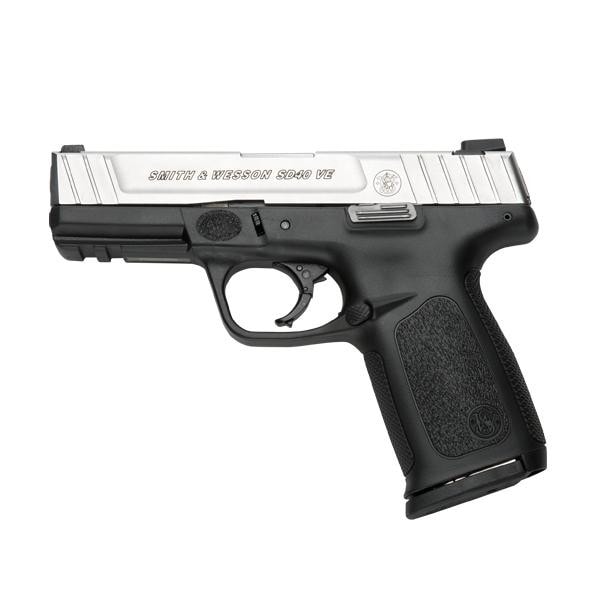
They downloaded the cartridge, and the 10mm FBI or 10mm Lite was born. Someone at S&W looked at the 10mm Lite and realized they could make that cartridge with a smaller case and a smaller gun. S&W produced the .40 S&W in 1990 and the S&W 4006 pistol.
The .40 S&W exploded in popularity. It became the dominant round for law enforcement agencies and became nearly universal amongst law enforcement agencies, including the FBI. It was the best mix between 9mm and .45 ACP, right?
What the .40 S&W Does Right?
The .40 S&W does one thing better than both 9mm and .45 ACP: it penetrates. It penetrates deeply into soft targets. Both 9mm and .45 ACP penetrate deep enough to stop a threat without a doubt, but the .40 S&W goes deeper. The advantage of that penetration is the ability to penetrate deep enough in odd situations.
For example, if you shoot through a threat’s arm into his torso, like Dove did to Platt. The .40 S&W is more likely to penetrate that little extra to provide the ability to hit the vitals. Modern 9mm can do pretty good through these odd scenarios in this era. Better-built bullets are what closed the gap between the 9mm and .40 S&W and led to its mass adoption.
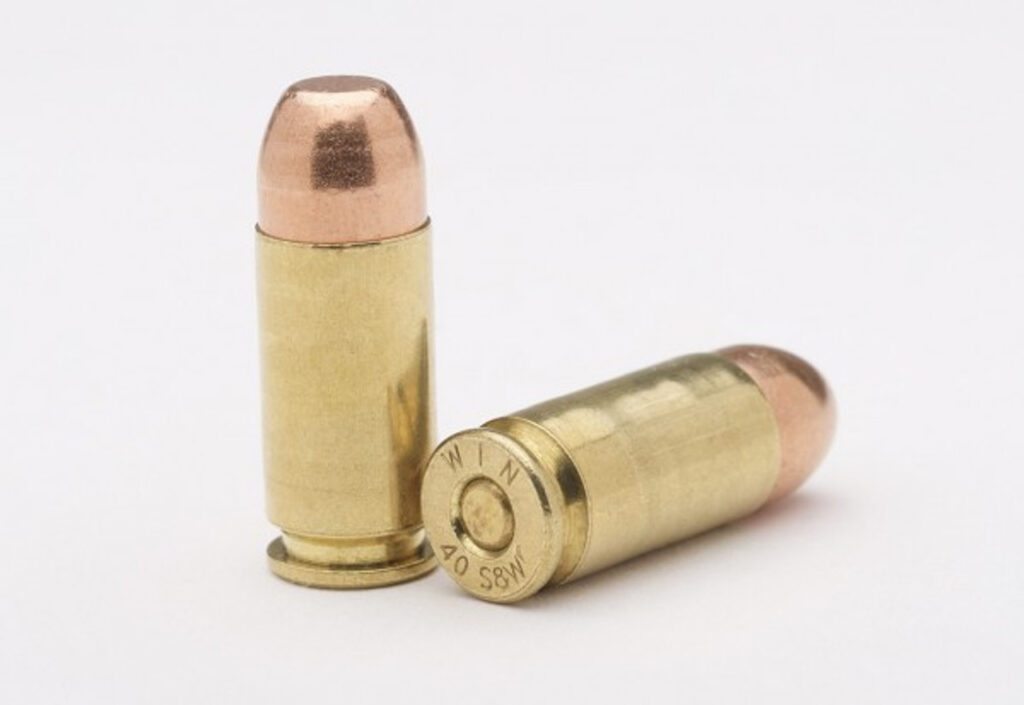
The .40 S&W still penetrates deeper on average than the best 9mm. Outside of soft targets, the .40 S&W rounds tend to do better through barriers. If you’re fighting around cars, for example, the .40 S&W is more likely to go through a barrier and maintain its energy to penetrate a threat. It’s not a guarantee, just more likely to travel through barriers.
What Killed the .40 S&W?
Better 9mm projectiles have put a big dent into the .40 S&W’s sales and adoption. That’s the most obvious answer, but I think it’s worth mentioning that another big change to law enforcement since 1986 is the dawn of the patrol rifle. In 2025, or even 2015, guys hunting bank robbers aren’t going at it with handguns and shotguns.
I’m betting if the FBI had a rolling stakeout right now, every car would have a patrol rifle. Most police forces have a patrol rifle. A patrol rifle is going to penetrate through soft and hard targets better than any pistol round. They are much less likely to run into handgun penetration issues, through soft or hard targets, while using rifles!
Ultimately, the .40 S&W isn’t a bad cartridge. It penetrates deeply, expands well, and you can hold a fair bit of ammo in a gun that’s not larger than a 9mm. However, it’s just become outdated in the modern era.



